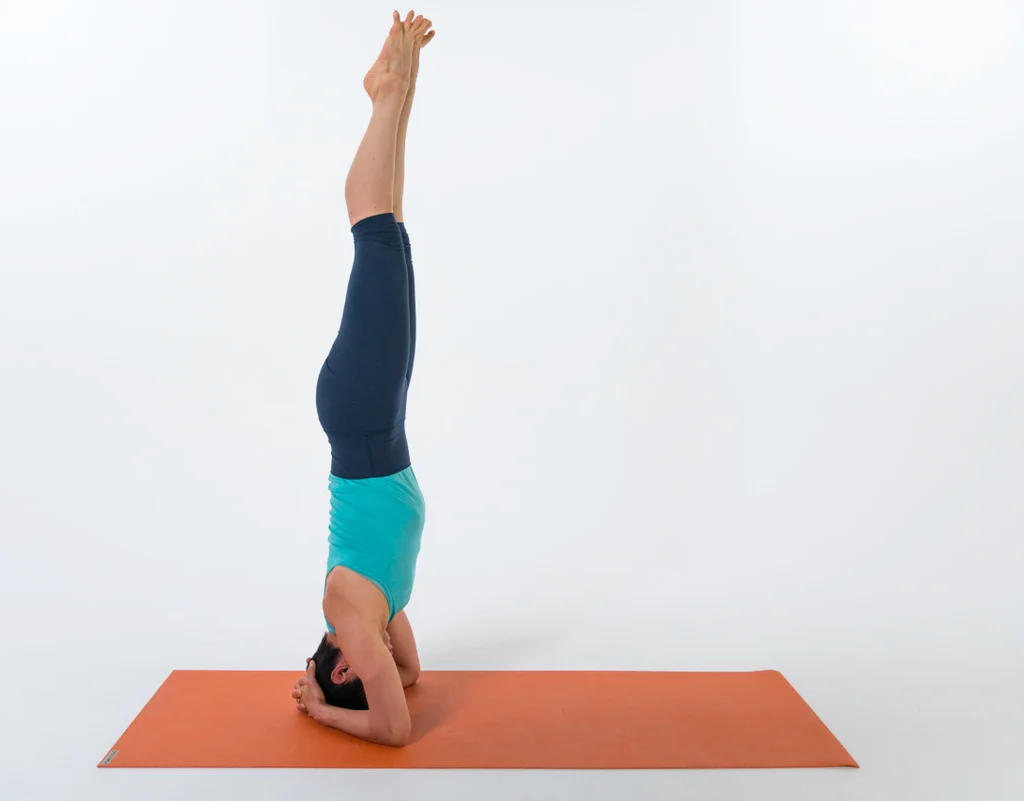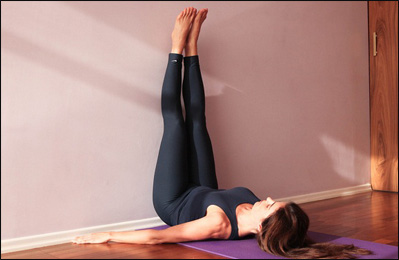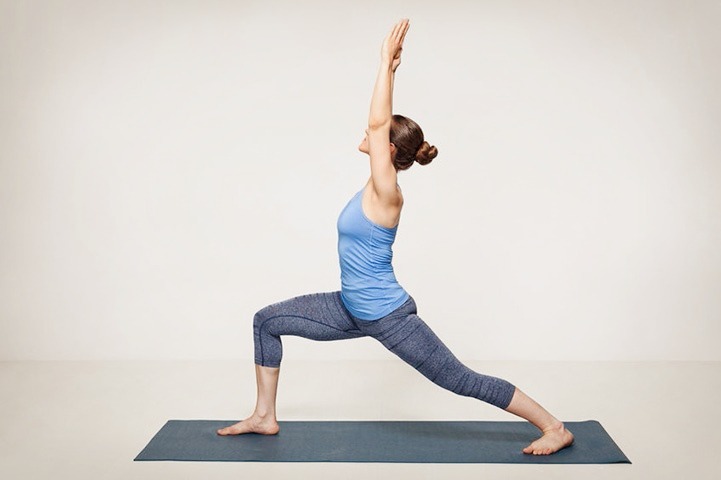The camel pose is a backbend and an advanced asana in the Hatha yoga tradition. It is also known as the Ustrasana and is in the Padmasana family of asanas.
Although it is an advanced pose, it is one of the most effective poses to open your chest allowing you to take a deep breath and open your heart chakra.
Here is a comprehensive guide to the powerful yoga pose:

A step-by-step guide to doing the Camel Pose
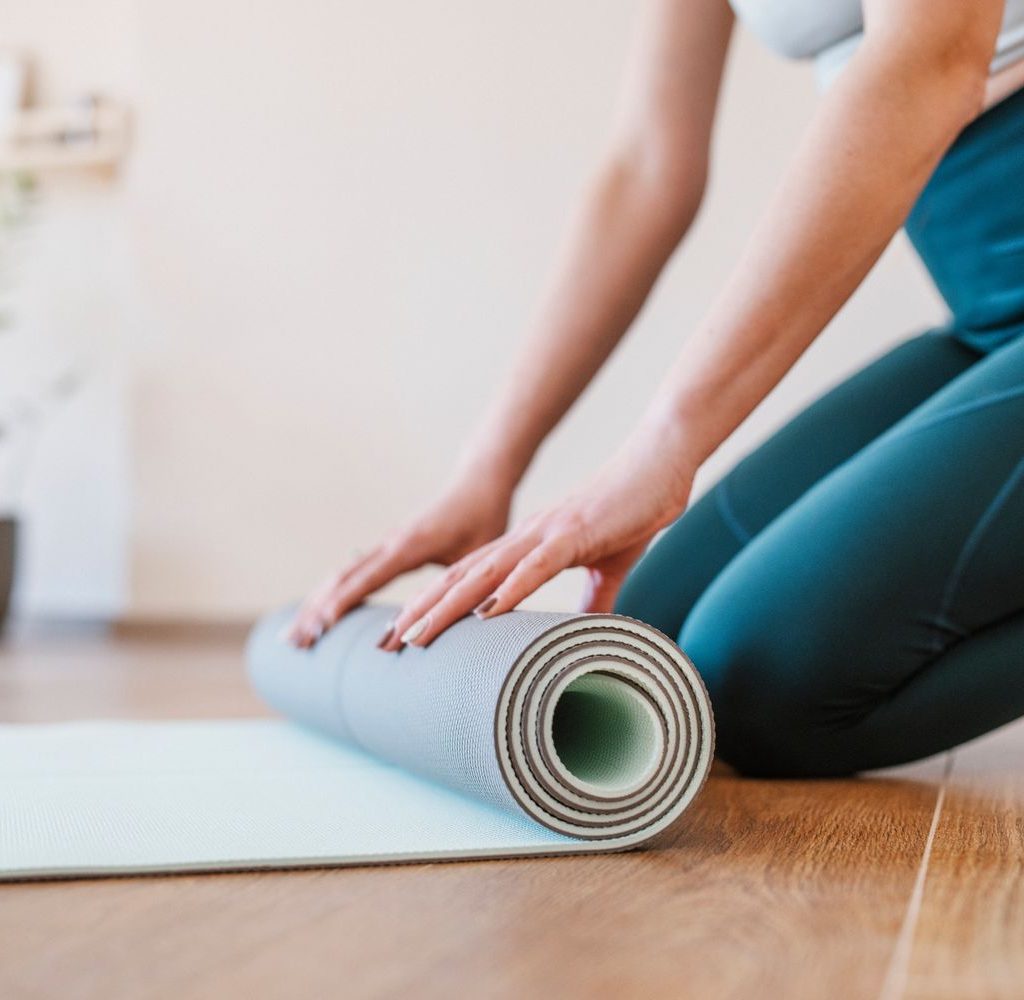
The Camel pose is definitely an advanced pose. Therefore, you should practice it only if you have regular yoga practice. It can take a while to get the pose and it is important to respect your body. Here you go! Here is the step-by-step guide to performing this pose:
- First, start in the downward-facing dog pose.
- Once you are ready, place your hands on the ground and lift your hips towards the sky. You can either lift your hips by pressing into your hands or by extending your legs.
- If you are a beginner, it is best to start by pressing your hands into the ground. As you get more comfortable, you can then try extending your legs.
- Once your hips are lifted, start to draw your navel towards your spine.
- Keep your hips lifted and your hands or feet on the ground.
You can find out a detailed guide on the right way to do this pose here:
Tips for doing it right
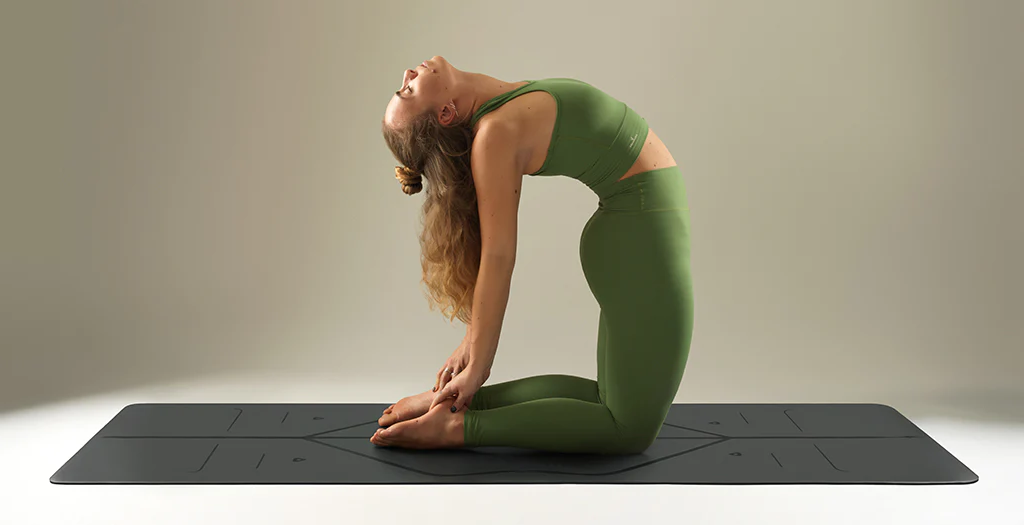
Here are some important tips that will help you master the posture:
- As with any yoga posture, the camel pose can be difficult and intimidating. There are, however, a few things that can help you with the pose and make it easier and more comfortable.
- Go slowly with the pose. You don’t want to rush yourself in the posture, as rushing will make it harder to keep your back straight and knees behind your toes.
- Be patient with the pose and take your time to get comfortable in the posture.
- If you are having trouble keeping your back straight, try to imagine that a string is pulling your head towards the ceiling. This will help to keep your posture straight without having to think about it too much.
- If the knees-behind-toes rule is difficult for you, try placing a block between your knees and the ground. This will help you to keep your knees behind your toes and make the pose easier.
Counter poses
After you have finished doing the camel pose, it is a good idea to do a few simple forward bends to bring your body back to neutral. Forward bends help to release the stress and tension that you build up in your back during the camel posture.
A great follow-up to the camel pose is the locust pose. The locust pose will help to release the tension in your back and hips, while also stretching and strengthening the legs.
Similar poses to the Camel pose
If you are looking for a pose that offers similar benefits as camel pose, here you go 👇🏻
- Setu Bandha Sarvangasana (Bridge Pose)
This backbend is a classic one and offers both energizing and restorative qualities. It is a mild inversion as the heart is elevated above the head, making it less intense than other inversions such as Headstand. - Chakranasa
The Chakrasana, or the wheel pose, is so-called because the body forms the shape of a wheel when in this posture. In this pose, the chest expands and the lungs get more oxygen – this makes the pose especially beneficial for asthma patients
Key benefits
Here are some of the benefits of doing this pose:
- The camel pose is a multi-limbed posture that helps to stretch and strengthen the upper back, chest and neck.
- It also helps to open the shoulders, hips and groins.
- It can improve posture and ease back and neck pain.
- The posture can also help pregnant women as it relieves back pain and helps them to stay in a comfortable position for longer periods of time.
- It can also help to improve digestion and reduce anxiety and stress.
- The camel pose also helps towards achieving many different asanas. It can help you to better find the locust pose, ardha navasana, the bow pose, and even the wheel pose.

Contraindication
It is advisable to be careful when doing any physical activity or meditation. When doing camel pose, you should follow these precautions:
- When practicing an asana, the most essential factor is understanding the bounds of your body. Going beyond the bounds can result in injury, hence, do not extend the body too much.
- If you have a recent or serious injury to your back, core, thighs, knees, shoulders, or feet, do not do the Camel Pose.
- In the case of high or low blood pressure, migraine, or insomnia, either abstain from this asana or seek specialist advice prior to its execution.
- Tilting the neck and head in this asana may lead to negative results in such conditions, since it alters the blood flow.
- Do the Ustrasana slowly and carefully. Performing it hastily may lead to harm.
Conclusion
The camel pose is a great posture to help you open your chest, hips and shoulders. It also helps to stretch and strengthen your entire back and core.
It is an advanced yoga posture and should only be attempted by those who have a regular yoga practice. If you have been practicing yoga for a while and feel ready to move into more advanced postures, then the camel pose is a great choice.
Share with your friends and family to encourage them to do this helpful yoga pose.
Happy Yogaing


